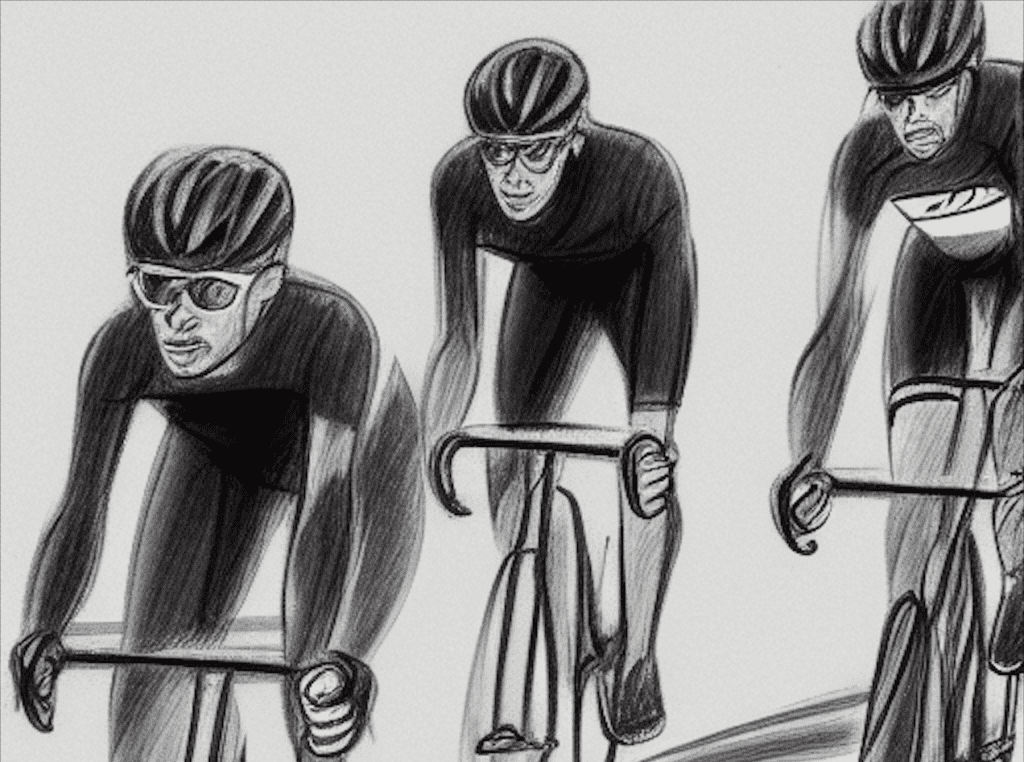How To Make It To The Podium With Less Training
Yesterday I published and commented on the results from Dave Simonson. Today, I will talk about Marc Moeller who is a category 3 rider with an ambition of promoting to category 2 this season. That goal sounds quite fair if Marc’s training wasn’t limited to only 8 hours per week. Thus, Marc gave me a challenge when he entered the project, but also a great chance to test how much progress you can achieve with training program with limited time available.
Wattage controlled intervals
I chose to push Marc’s intervals to the maximum capable amount. He was supposed to do intervals three times a week, but these days were not only like regular interval days, they were really tough workouts that required a dedicated effort to succeed. These intervals were monitored on his PowerTap Pro. There was a risk that this program could be a failure if the total training load was too heavy.
The three interval days were one session with anaerobic intervals (6 bursts of 40 seconds at 600-650W, recovery 6minutes), one training day with VO2 max intervals (3 times 3minutes 400W, 3min recovery or a couple of sets of 6 bursts of 40/20seconds at 410+ W) and finally one day with threshold power intervals in the range of 3 to 15minutes, normally with a total time of 24-30minutes. Two times a week there were sprint sessions with short power sprints and regular sprints.
Have a look at the graphs and full results
How To Make It To The Podium With Less Training Read More »

